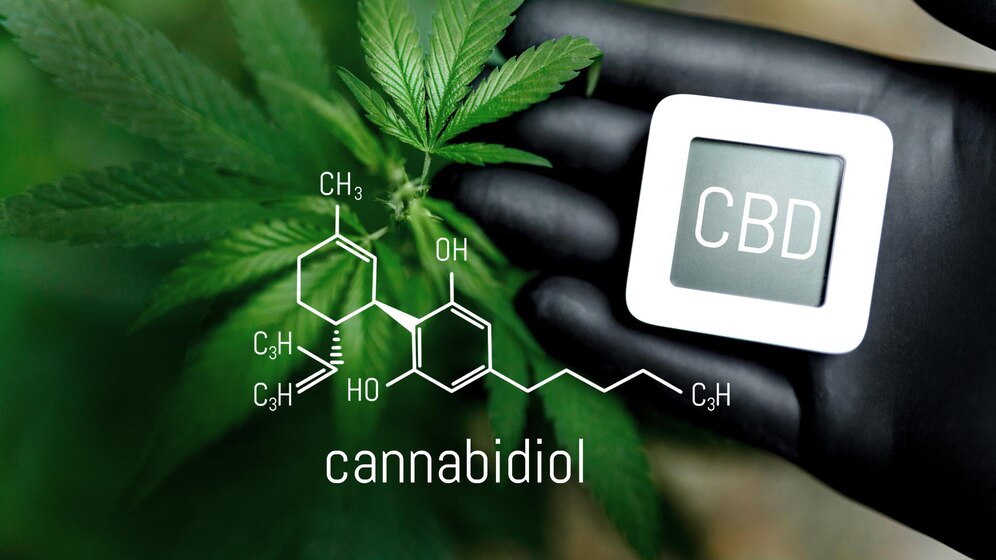For those interested in alternative forms of medication, two plant-based remedies that are gaining popularity due to their sheer potential for relief are Kratom and Cannabidiol, more commonly known as CBD. These herbal solutions both have long histories of use based on the chemical compounds they contain, cannabinoids and alkaloids, respectively.
Although similar in terms of being an all-natural remedy, each has its benefits and drawbacks as part of a wellness regimen. This article will break down these two dynamic plants by comparing their components and examining how one might take advantage of them individually or together.
Introducing the Different Types of Natural Compounds – Cannabinoids and Alkaloids
Nature is a vast and diverse world, encompassing a variety of compounds and substances, some of which may have medicinal or therapeutic properties. Two prominent examples of natural compounds are cannabinoids and alkaloids. Cannabinoids refer to a group of compounds found in the cannabis plant, including the well-known THC and CBD. These compounds have been shown to have potential medical benefits, such as reducing pain and inflammation.
On the other hand, alkaloids are a diverse group of naturally occurring compounds found in various plants, including the horned leaf kratom. While some alkaloids may have pharmacological properties, many are toxic and can be harmful. Despite their differences, cannabinoids and alkaloids offer a glimpse into the vast and fascinating world of natural compounds and their potential benefits or risks.
Differences and Similarities Between Cannabinoids and Alkaloids
While cannabinoids and alkaloids have been used for centuries as natural remedies, the two have critical differences. Firstly, while all cannabinoids are found in the cannabis plant, alkaloids can be found in a variety of different plants. It means a broader range of alkaloid sources, making them more accessible to those seeking alternative treatment options.
Additionally, cannabinoids and alkaloids have different effects on the body. Cannabinoids primarily interact with the body’s endocannabinoid system, which regulates many physiological processes, such as pain sensation and mood. On the other hand, alkaloids can affect a broader range of bodily systems and functions.
Despite their differences, both cannabinoids and alkaloids share some similarities. They both have the potential to provide relief for various health conditions, and they both can interact with receptors in the body. It is why many people turn to these natural compounds as a way of managing chronic pain, anxiety, and other ailments.
Understanding Kratom’s Role as an Alkaloid
Kratom, scientifically known as Mitragyna Speciosa, is a tropical tree indigenous to the lush regions of Southeast Asia. Renowned for its diverse properties, this botanical marvel boasts leaves that harbor two key alkaloids: mitragynine and 7-hydroxymitragynine. These remarkable compounds hold the potential to elicit a range of benefits.
When consumed, the alkaloids in kratom can interact with opioid receptors in the brain, potentially offering relief from various types of pain and promoting a mood-enhancing effect. However, it is essential to approach kratom with caution, as excessive use or improper dosage may lead to undesirable effects such as nausea and dizziness.
To ensure safe consumption, it is highly recommended to exercise moderation and seek guidance from a qualified healthcare professional. By doing so, one can fully appreciate the potential advantages of kratom while minimizing any potential risks.
Exploring the Science Behind CBD as a Cannabinoid
CBD, short for cannabidiol, is a compound derived from the cannabis plant. With its potential therapeutic effects, CBD has been attracting significant attention in recent years. Unlike THC, another well-known cannabinoid, CBD does not cause psychoactive effects and is non-intoxicating.
When interacting with the body, CBD primarily engages with the endocannabinoid system. This complex system consists of receptors that CBD binds to, potentially leading to anti-inflammatory and pain-relieving effects. Moreover, several studies have indicated that CBD might hold promise in managing symptoms of anxiety and depression.
As research into CBD continues to evolve, scientists are exploring its various mechanisms of action and potential benefits. CBD’s versatility and non-psychoactive nature make it an intriguing subject for further investigation, offering a promising avenue for individuals seeking alternative health and wellness options.
What is the Impact of Combining Both Types of Compounds in One Product
With both kratom and CBD offering potential health benefits, it is not surprising that there are products on the market that combine the two. However, research regarding the effects of combining these compounds is still limited.
Some preliminary studies suggest that combining kratom and CBD may have synergistic effects, meaning they could potentially work together to enhance each other’s therapeutic properties. For example, kratom has been known to provide pain relief and relaxation, while CBD has been studied for its anti-inflammatory and anxiety-reducing properties. Combining these two natural substances could potentially offer a more comprehensive approach to managing certain health conditions.
However, it is essential to note that more research is needed to fully understand how these compounds interact and whether there are any potential risks. It is always recommended to consult with a healthcare professional before combining any substances, including kratom and CBD, to ensure safety and efficacy.
Conclusion
Both cannabinoids and alkaloids offer a natural alternative for managing various health conditions. While they have some similarities, they also have distinct differences in terms of their sources and effects on the body. Kratom and CBD, two examples of these compounds, each have their unique properties and potential benefits, making them popular choices for those seeking alternative forms of medication. However, it is essential to always consult with a healthcare professional before incorporating these compounds into your wellness regimen to ensure safe and effective use.











